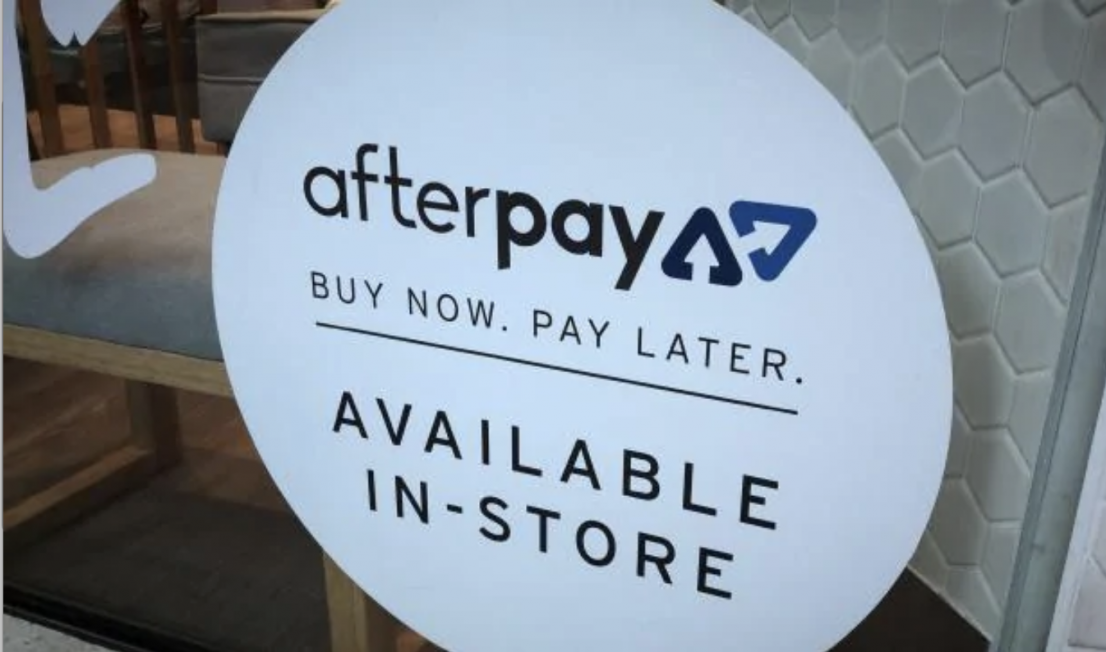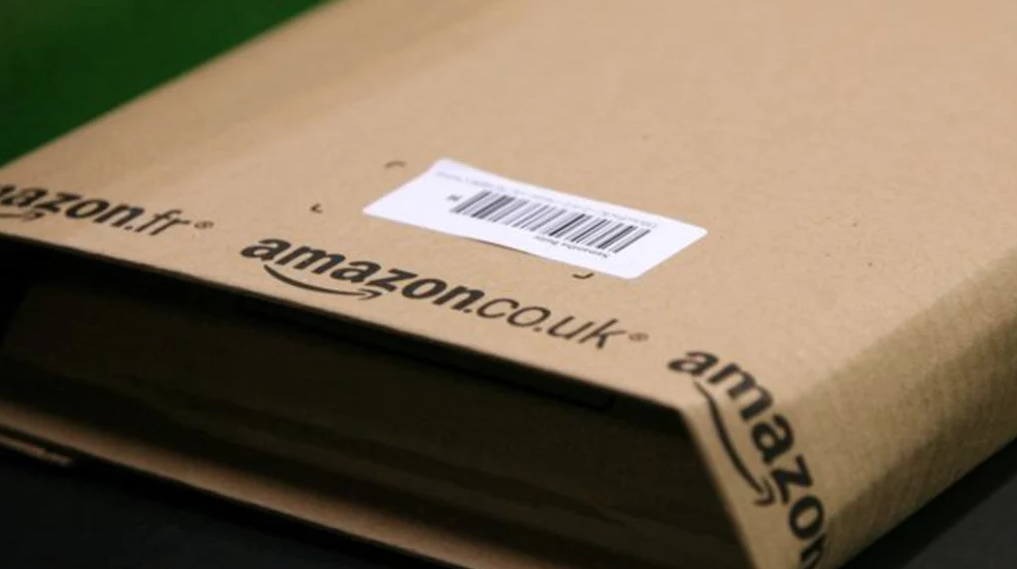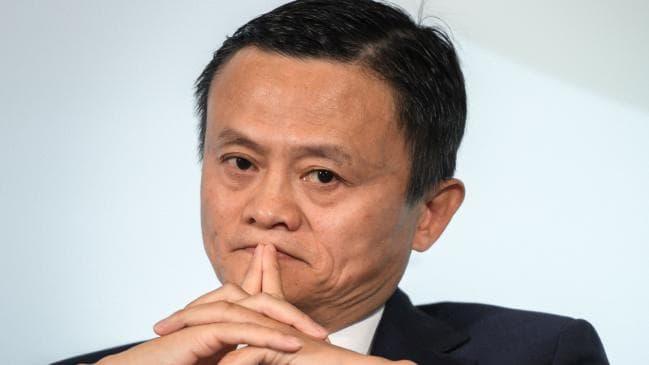
Amazon.com is checking out of China’s fiercely competitive domestic e-commerce market.
The company told sellers on Thursday that it will no longer operate its third-party online marketplace or provide seller services on its Chinese website, Amazon.cn, beginning July 18. As a result, domestic companies will no longer be able to sell products to Chinese consumers on its e-commerce platform.
The decision marks an end to a long struggle by America’s e-commerce giants in the Chinese market. The firms entered the Chinese market with great fanfare in the early 2000s only to wither in the face of competition from China’s faster-moving internet titans.
Amazon has been in talks to merge its e-commerce business for goods imported into China with a Chinese competitor, NetEase Inc.’s Kaola, in a stock-for-stock transaction, according to a person familiar with the matter. That would remove the Amazon name from consumer-facing e-commerce in China. Neither company would confirm the progress or details of those talks, nor would they say if they are ongoing.
In a statement, Amazon said it remains committed to China through its global stores, Kindle businesses and its web services.
Amazon China’s president will leave to take on another role within the company, the company confirmed. The China consumer business team will report directly into the company’s global team.
NetEase chief financial officer Zhaoxuan Yang said in a call with analysts in February that the company is “open-minded to embrace stakeholders, strategic partners [and] business partners that can bring synergy and win-win to our e-commerce segment.”
When Amazon first entered China in 2004 with the purchase of Joyo.com, it was the largest online vendor for books, music and video there. Most Chinese consumers were using cash-on-delivery as their top form of payment. Today, Amazon China chiefly caters to customers looking for imported international goods like cosmetics and milk powder and is a minuscule player in the booming Chinese e-commerce market.
Amazon China commanded just 6 per cent of gross merchandise volume in the niche cross-border e-commerce market in the fourth quarter of 2018, versus NetEase Kaola’s 25 per cent share and the 32 per cent held by Alibaba Group Holding Ltd.’s Tmall International, according to Nomura Securities Co.
“Everyone has merged with someone,” said Chris Reitermann, chief executive for Asia and Greater China at Ogilvy, which advises Alibaba. “It became clear that as a Western internet company you wouldn’t be able to succeed at scale without a Chinese partner.”
For Nasdaq-listed NetEase, which has a market capitalisation of $35 billion, the Amazon matchup is a way to expand beyond its lucrative video game business. It is also a play to gain more trust from Chinese consumers who have complained about knock-off products on NetEase platforms, according to industry analysts.
In January, a customer accused Kaola of selling her a fake Canada Goose jacket and the incident went viral. Customers questioned whether the e-commerce firm could sufficiently maintain oversight of its platform, according to Azoya Group, which advises global retailers and brands who are setting up e-commerce businesses in China. Kaola pledged to investigate the matter.
Nomura believes that an Amazon tie-up, if it materialises, could help Kaola win the confidence of leading global brands. And that could lead to an increased supply of goods offered to Chinese consumers.
And those consumers are becoming more enamoured with domestic brands. In 2011, 85 per cent of Chinese consumers said they would always buy a foreign brand over a domestic one, according to Shanghai-based China Market Research Group. By 2016, 60 per cent of respondents said they preferred domestic over foreign brands.
Shaun Rein, China Market Research’s founder, said American e-commerce giants stumbled in China because they haven’t offered the products or user experience that consumers are looking for.
“All the big e-commerce players in the United States have largely failed in China,” he said.
In 2003, eBay Inc. paid $US150 million to buy EachNet, which was China’s top e-commerce site at the time. It later invested an additional $US100m. It struggled to keep up with Alibaba’s rival Taobao service, hobbled in part by a foreign management team that underestimated the competition and a payment system that was difficult for Chinese consumers to use. In 2006, eBay sold its China operations to internet company TOM Online.
Walmart Inc. also struggled to run an independent e-commerce business in China. It sold its e-commerce business to JD.com Inc. in 2016 rather than trying to crack the market on its own.
Groupon Inc. entered China in 2011 by setting by up a joint venture with Tencent Holdings Ltd. Before operations commenced, the company broadcast a commercial during the Super Bowl that included a reference to Tibet, which has been controlled by China for decades. Many Chinese people were offended and Groupon’s brand image was damaged. The company was unable to recruit local talent and to gain brand recognition despite a rapid expansion. Within 18 months, it merged with another Chinese daily-deal site also backed by Tencent.
Single-brand e-commerce companies like as Zara SA, Nike Inc. and Estée Lauder Cos. have been more successful than multibrand players in China, said Ivy Shen, vice president of international business at Azoya. Other smaller foreign firms have also made gains, she said, by offering products that are different from the ones carried by China’s major e-commerce companies.
“Everyone thought China is quite a huge cake,” she said. “But they didn’t realise there are so many aggressive domestic players fighting for the cake.”










